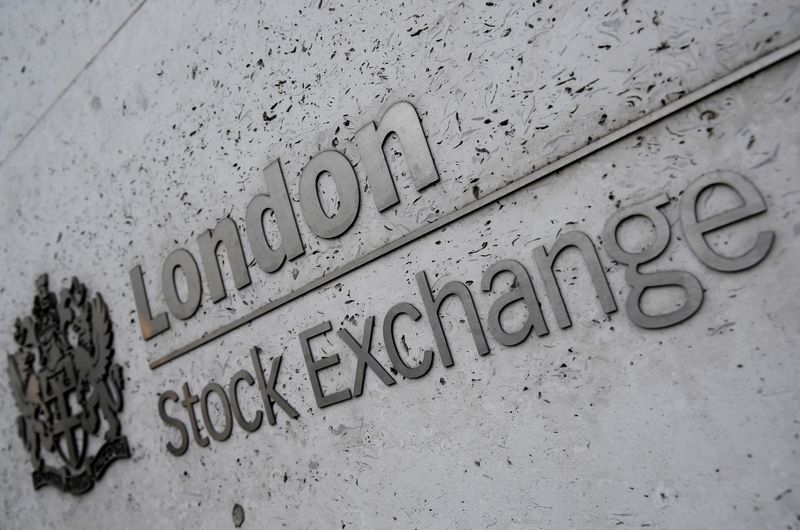By Marc Jones
LONDON (Reuters) - The dollar trampled everything in its path on Thursday after a steep and sudden slide in the Japanese yen called into question its safe haven status and others from the euro to the Australian dollar were all knocked over.
The dollar has surged almost 2% since Tuesday against the yen, reaching its highest in almost 10 months, and climbed to near three-year highs against the euro.
Its DXY index against the world’s most traded currencies, which is up 3.6%, rose overnight to its highest since May 2017. It also gained to its best levels of the year against China’s offshore yuan and MSCI’s index of emerging- market currencies.
A host of reasons were cited for the move, among them the outperformance of U.S. economic and earnings numbers and worries over the threat of recessions in Japan and the euro zone.
"I think this has really brought into focus the role the dollar is playing as a safe haven," said Rabobank senior currency strategist Jane Foley. Japan's proximity to China's coronavirus problems and recent poor economic data there had also turned markets off the yen, she said.
China had reported a drop in new virus cases and announced an interest rate cut to buttress its economy. But South Korea recorded an increase in new case, Japan reported two deaths, and researchers said the pathogen seemed to spread more easily than previously believed.
European stock markets opened little changed. London, Frankfurt and Paris markets were flat to 0.3% lower after the first hour of trading. (EU)
MSCI's broadest index of Asia-Pacific shares outside Japan slipped 0.3%, led by drops on Hong Kong's Hang Seng and South Korea's KOSPI. Wall Street futures for the S&P 500 were lower.
DOLLAR BULLS
The yen had been undermined by a run of weak data this week, but traders were unnerved when it blew past a support level at 110.30 per dollar.
It dropped nearly 1.4% against the dollar, its sharpest fall in six months, and 2% against the Norwegian krone - its sharpest daily drop in almost three years.
The euro slipped 0.1% lower to $1.079. Its 3.7% plunge since the start of the year is its worst start to a year since 2015.
"Nearness to China and dependence on China have not helped the yen as a risk-off. We have seen the yen and gold diverging for a while and this may not be the end of it," said Shafali Sachdev, head of FX in Asia at BNP Paribas (PA:BNPP) Wealth Management.
"The kind of classic correlations between U.S. yields and the yen, those have been kind of breaking down ... we need to see past this virus situation to see whether the yen will regain its safe-haven status."
The skittish mood had investors dumping Asian currencies. The Singapore dollar dropped to an almost three-year low and the Korean won weakened past 1,200 to the dollar.
The Australian dollar fell 0.6% to an 11-year low of $0.6633 after a surprise rise in unemployment. [AUD/]
Bonds were slightly firmer, oil prices held overnight gains that lifted Brent to near $60 a barrel [O/R] and gold remained around $1,609 per ounce.
"Markets have taken a step back because the authorities won't do any major stimulus until they are completely sure the virus has stopped" said Sean Darby, global equity strategist at Jefferies in Hong Kong.

"There's no point in doing it when people are sitting at home. They can't even spend the money or use it."